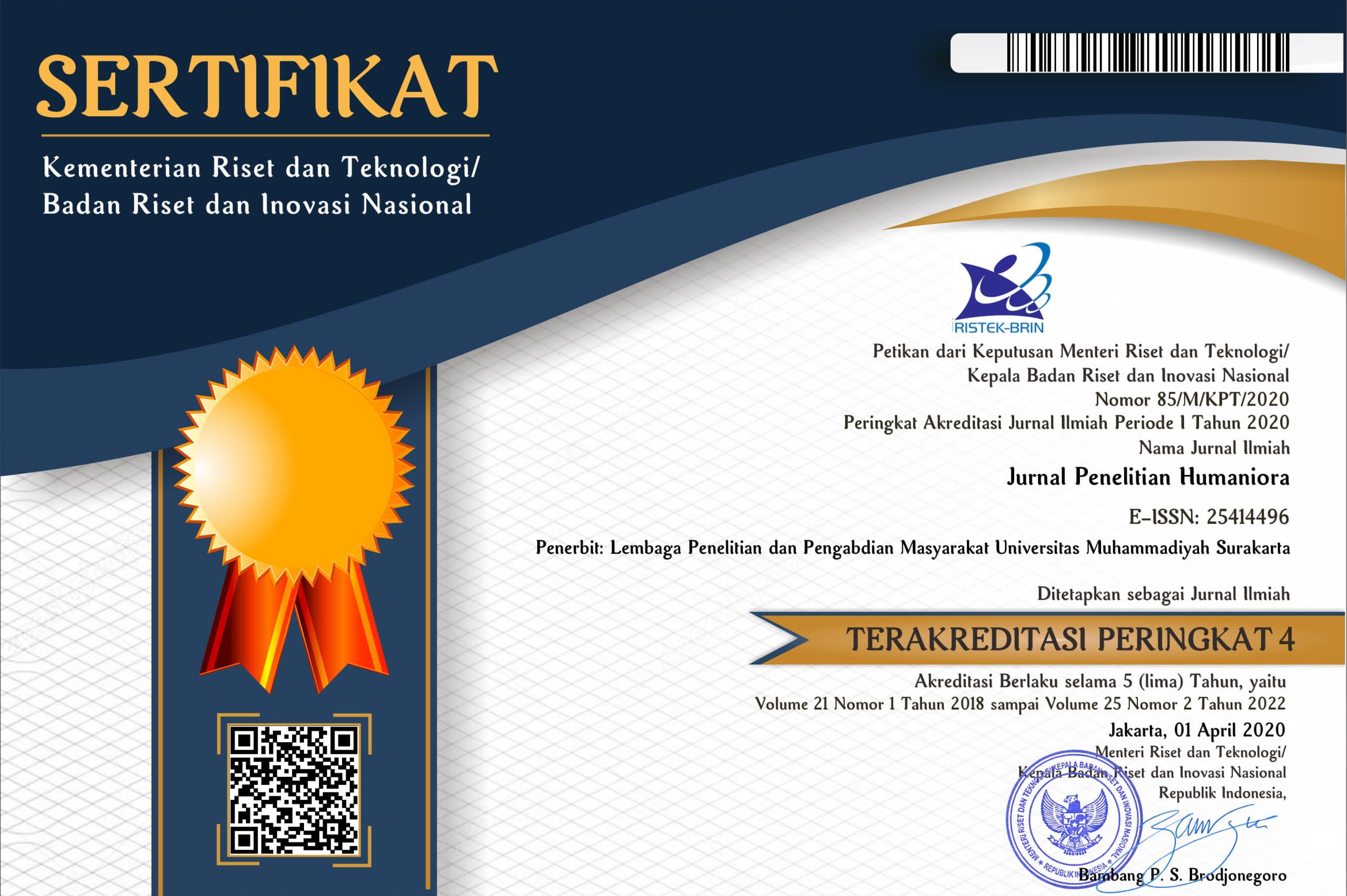ANALYZING THE LEARNING STYLES OF JUNIOR HIGH SCHOOL STUDENTS AND THE IMPLICATION TO ENGLISH TEACHING: A CASE STUDY AT SMPN I DAGANGAN MADIUN
Zainal Arifin(1*)(1) SMPN 1 Dagangan
(*) Corresponding Author
Abstract
A language is probably the most difficult set of skills a person could ever struggle to learn. There is no easy way to master a language, particularly a language which is not our first language. In the process of learning a language particularly a second language, there are many variables that determine the success of learning; one of the variables is learning styles. In a class made up of various learning styles, it is always necessary for language teachers to identify, respect, and work on the diversity of the learners’ differences. The study investigated the diverse learning styles employed by ESL students of SMPN 1 Dagangan, Madiun Regency of East Java. The students were classified into three levels of competence: high, middle, and low level competence. They were also classified based on gender: males and females. A set of questionnaire was distributed to fifteen students. To get deeper interpretation on their learning styles, the students were also interviewed. The students’ learning style preferences were identified based on their levels of competence and gender in order to investigate their differences. The data was analyzed qualitatively. The findings revealed that the students’ learning styles can be categorized into visual, auditory, kinesthethic, tactile, individual, and group learners. The results of the study indicated that there were some differences in using learning styles by the students of high, middle and low levels of competence. A little difference was also found in male and female students in using learning styles. Thus, it is important for teachers to be aware of their students learning styles. It is clear then that one factor which can lead to the success of a language teaching-learning process is the match between students` learning styles and the teaching methods used by the teachers.
Keywords
Full Text:
PDFReferences
Felder. R. & Silverman, L, 1988. “Learning and Teaching Styles in Engineering
Education”. Journal of Engineering Education, 78 (7), p. 674-681.
Hoque, M.E, 2008. “Learners’ Strategies, Preferences and Styles in Learning English as a Foreign Language: A study on the Preferences of Higher Secondary Students in Bangladesh”. http://www.languageinindia.com/ march2008/bangladeshenglishlearning.pdf. Retrieved January 1, 2009.
Reid, J. M, 1987. The Learning Style Preferences of ESL Students. TESOL Quarterly, 21 (1), 87-111.
Reid, J. M. (Ed.), 1995. Preface. In J. Reid (Ed.). Learning Styles in the ESL/EFL Classroom, p. viii- xvii. New York: Heinle and Heinle Publishers.
Reid, J.M, 1995. Learning Styles in the ESL/EFL Classroom. Boston: Heinle & Heinle.
Sharp, A, 2004. “Language learning and awareness of personality type in Chinese settings”. Retrieved January 1, 2009 from http://www.asian-efl journal .com /Article_1_June_as_2004.pdf.
Stapa, S.H, 2003. “ESP students’ learning preferences: Are the teachers aware?” Retrieved January 1, 2009 from http://www.jllonline.co.uk/journal/jllearn/1_2/kavaliauskiene.html.
Tuan, L.T, 2011. “EFL Learners’ Learning Styles and Their Attributes”. Mediterranean Journal of Social Sciences, 2, 2, p. 299- 320.
Article Metrics
Abstract view(s): 3161 time(s)PDF: 2639 time(s)
Refbacks
- There are currently no refbacks.











